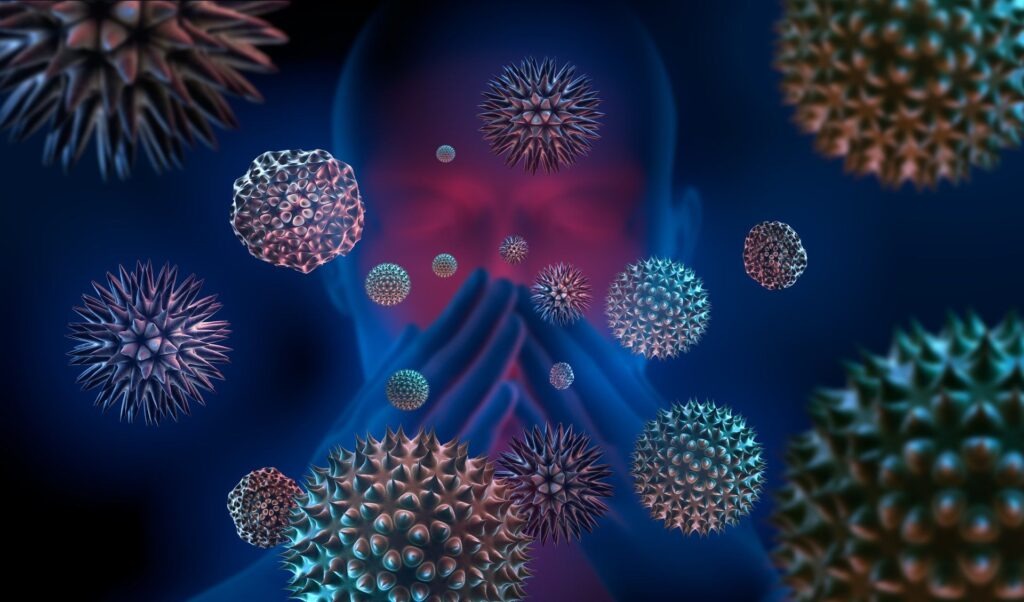- fei
- 0 Comments
To protect yourself and your loved ones against these invisible microorganisms, we must first understand what they are!
What exactly are GERMS?
To protect yourself and your loved ones against these invisible microorganisms, we must first understand what they are!
The Merriam Webster Dictionary notes the medical definition of germ as :
1 : A small mass of living substance capable of developing into an organism or one of its parts
2 : Microorganism; especially, a microorganism causing disease
The four major types of germs are: bacteria, viruses, fungi and protozoa. They can invade plants, animals, and people, and sometimes they can make us very sick.
Bacteria are tiny living beings (microorganisms) – they are neither plants nor animals – they belong to a group all by themselves. Bacteria are tiny single-cell microorganisms, usually a few micrometers in length that normally exist together in millions. We all know that there is good and bad bacteria (especially in the stomach and intestinal tracts). Specific bacterias are also used by scientists in labs to produce medicines and vaccines.
Viruses need to be inside living cells to grow and reproduce. Most viruses can’t survive very long if they’re not inside a living thing like a plant, animal, or person. Because some viruses can only live for a short time on something like a doorknob or countertop, be sure to wash your hands regularly (regular hand washing is the key to limiting the amount of germs that seek to invade the body).
Fungi are multi-celled plant-like organisms. Unlike other plants, fungi cannot make their own food from soil, water, and air. Instead, fungi get their nutrition from plants, people, and animals. They love to live in damp, warm places, and many fungi are not dangerous in healthy people. An example of something caused by fungi, is athlete’s foot.
Protozoa are one-cell organisms that love moisture and often spread diseases through water. Some protozoa cause intestinal infections that lead to diarrhea, nausea, and belly pain.
Once germs invade our bodies, they tend snuggle in for a long stay. They begin to gobble up nutrients and energy, and can produce toxins or proteins that actually act like poisons to the body. Those toxins can cause symptoms of common infections, like fevers, sniffles, rashes, coughing, vomiting, and diarrhea. Looking at samples of blood, urine, and other fluids under a microscope or sending these samples to a laboratory for more tests, doctors can tell which germs are living in your body and how they are making you sick. Then the best course of medical treatment will be suggested to remove the type of germ that is making you ill and help restore you to optimal health!
Related articles:
The sneaky places germs like to hide and how to protect you and your loved ones!
